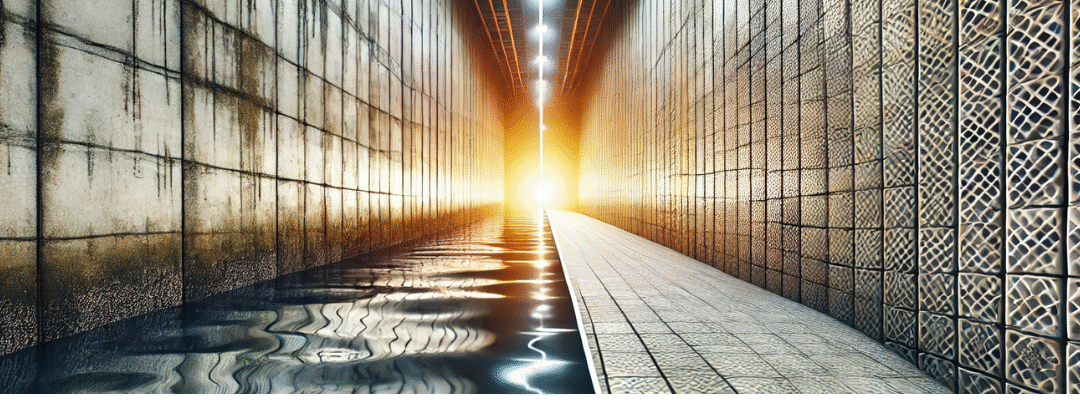Protecting the interior of water storage tanks is critical for preserving water quality and extending the life of the tank. Two of the most common protection methods are chemical proofing and tile layering. Both aim to prevent corrosion and contamination but differ in materials, application, and long-term performance.
This guide compares the two methods to help you choose the best option for your tank type and water use.
1.Material and Functional Purpose
Chemical Proofing:
Involves applying coatings such as epoxy, polyurethane, or rubber liners to the tank interior.
Creates a chemical- and corrosion-resistant membrane, ideal for aggressive or treated water environments.
Tile Layering:
Uses ceramic, vitrified, or porcelain tiles bonded with adhesives or mortar.
Provides a durable and hygienic surface, primarily for potable water storage where cleanliness is key.
2.Durability and Resistance
Chemical Proofing:
Highly effective against corrosive chemicals and contaminants.
Coatings can last 5–15 years, depending on chemical exposure and UV conditions.
May degrade or blister over time if improperly applied or exposed to certain environmental conditions.
Tile Layering:
Offers exceptional physical durability and can last decades with proper installation.
Tiles are resistant to wear, but grout joints are vulnerable to chemical breakdown or water infiltration.
Requires regular grout inspection and resealing for continued performance.
3.Waterproofing and Sealing
Chemical Proofing:
Creates a seamless waterproof membrane, eliminating weak points such as joints or seams.
Excellent at preventing leaks and ensuring long-term tank integrity.
Tile Layering:
Tiles are water-resistant, but grout lines may allow moisture ingress over time.
Requires sealing of grout to maintain waterproofing and prevent bacterial growth.
4.Installation and Maintenance
Chemical Proofing:
Requires professional application, surface prep, and curing time.
Easy to repair localized damage with spot reapplication.
Needs periodic inspections for cracks or peeling.
Tile Layering:
Labor-intensive and time-consuming to install correctly.
Long-lasting with minimal cleaning effort, but grout repairs can be tricky and time-sensitive.
5.Cost Comparison
Chemical Proofing:
Cost-effective for large tanks or complex geometries.
Lower labor costs but may need reapplication every few years.
Total cost varies based on coating quality and tank size.
Tile Layering:
Higher initial costs due to materials and skilled labor.
Long-term maintenance is minimal, but grout repair costs can accumulate if neglected.
6.Best Use Cases
Chemical Proofing:
Ideal for:
Industrial tanks.
Chemical-contaminated or treated water.
Tanks requiring rapid installation or seamless coverage.
Well-suited for concrete or metal tanks of all sizes.
Tile Layering:
Ideal for:
Potable water tanks where hygiene and aesthetics matter.
Smaller commercial or residential water tanks.
Especially suitable where cleanability and low chemical exposure are priorities.
7.Environmental and Health Impact
Chemical Proofing:
Some coatings emit VOCs (volatile organic compounds) during application.
Requires safe handling and proper disposal of chemicals.
Newer eco-friendly coatings are reducing environmental impact.
Tile Layering:
Tiles are inert and low-emission once installed.
Longer lifecycle contributes to sustainability.
Manufacturing and transport have some carbon footprint, but no emissions during use.

